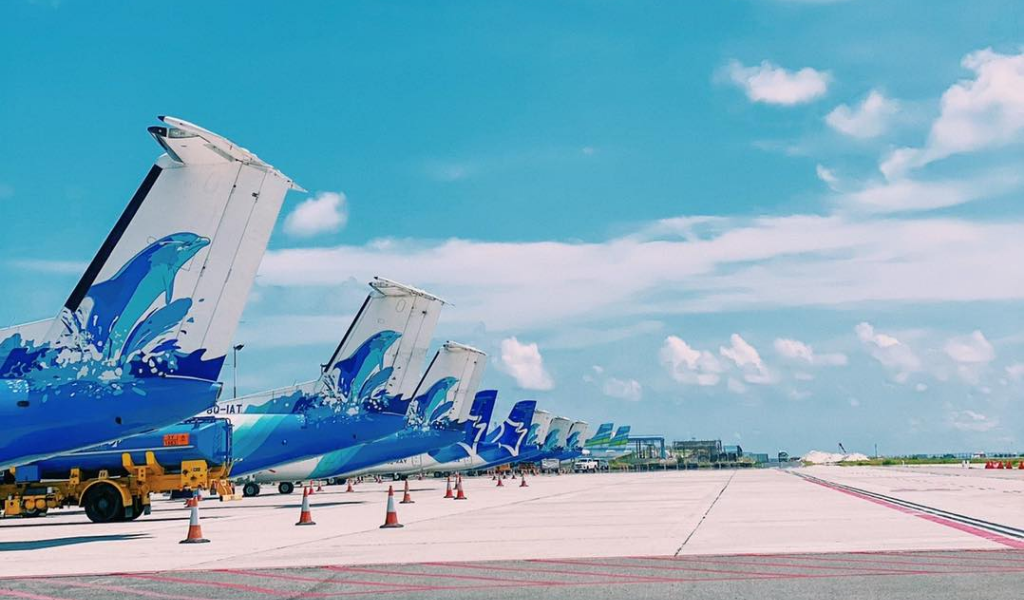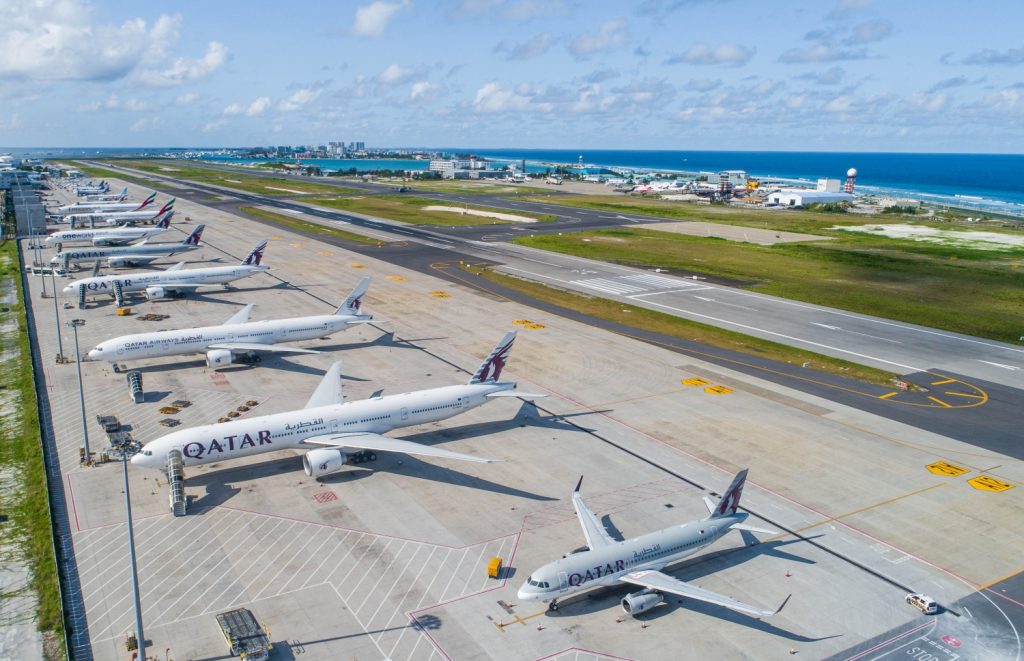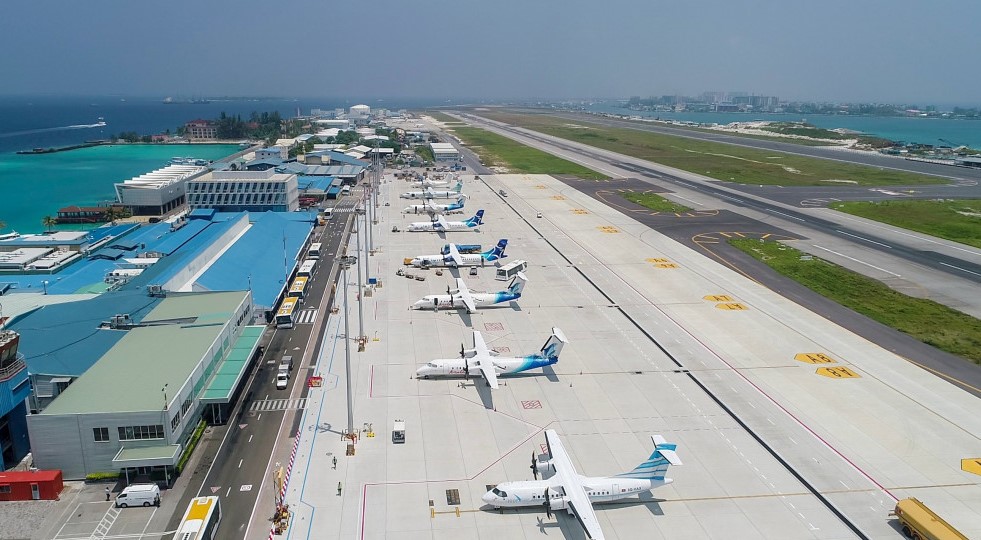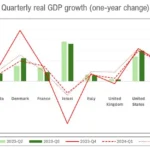Maldivian, the flag carrier and national airline of the Maldives, has long been a symbol of national pride, connecting the archipelago’s scattered islands and serving as a gateway to the world. But beneath the surface of this iconic role lies a harsh reality: Maldivian has consistently struggled to turn a profit, raising questions about its sustainability and the need for a shift in the country’s aviation policy.
Operated by Island Aviation Services Limited (IASL), Maldivian has been in operation since 2000, initially operating domestic routes before expanding to international routes. Despite its expansion, the airline faces growing financial difficulties. According to a Maldives Auditor General report, as of December 31, 2021, the airline owed Maldives Airports Company Ltd. (MACL) 351.6 million Maldivian rupees (US$22.8 million) in unpaid dues. Accumulated over several years, this debt highlights the airline’s continuing financial instability. The majority of this debt was incurred during the COVID-19 pandemic, which has severely impacted the global aviation industry.
Although Maldives Airlines temporarily turned a profit in early 2023 with a net profit of MVR 10.74 million, its financial position remains precarious. The company’s quick ratio, cash ratio and current ratio all indicate a fragile financial position with significant outstanding debt and reliance on government subsidies. Critics argue that these subsidies allow Maldives Airlines to offer airfares at rates that would be unsustainable without government support, distorting the market and stifling competition. These issues stem from a variety of factors, including the high operational costs of serving the Maldives’ scattered islands, stiff competition from other airlines and the financial strain of maintaining an ageing fleet.
“The Maldives aviation market is unique due to its geography, but that uniqueness comes with significant costs. Operating costs are high and demand, while stable, is insufficient to offset these costs. This makes it difficult for a state-owned enterprise like Maldives to operate profitably, especially when competing with more flexible and cost-efficient private airlines,” explains an aviation expert who has studied the Maldives aviation industry in detail but preferred to remain anonymous.
One of the main reasons Maldivian Airlines has been able to continue operating despite its budget deficit is government subsidies. These subsidies are intended to ensure inter-island connectivity and maintain a national airline that reflects the country’s sovereignty. However, the reliance on these subsidies has sparked debate about whether it is sustainable for the government to continue pouring money into an unprofitable business.
An economist specialising in the Maldives points out that “subsidies are a double-edged sword: on the one hand, they help maintain a service that is vital to the nation. On the other hand, they can create dependencies that stifle efficiency and innovation. In the Maldivian case, these subsidies are propping up an airline that, under normal market conditions, would have to make significant changes to its operations to survive.”

One could argue that a national airline can justify running at a loss if it contributes significantly to the overall economy. The overall economy could benefit by attracting more tourists to the country, who would spend more at hotels, resorts and other sectors. Furthermore, a national airline would give the government some leverage in regulating the prices foreign airlines charge to fly to the Maldives, boosting overall demand for the destination. However, using such subsidies to strangle private airlines and drive out competition would be destructive. If domestic private airlines could make a decent profit, they would be able to expand, invest in better services and offer more competitive salaries to their staff, ultimately benefiting the entire industry.
One of the significant challenges facing Maldivian is its limited routes to destinations that contribute significantly to the Maldivian tourism sector, especially Europe. Despite being a national airline, Maldivian has not been able to establish routes to European cities that are a significant source of inbound tourism. This limitation is a major disadvantage in a country where tourism is a large part of its GDP.
Aviation experts point out that “Maldivian Airlines’ inability to connect directly to key European markets means the airline is missing out on a significant source of revenue. European tourists, who account for the majority of visitors to the Maldives, often have to rely on other airlines to reach the country. This not only affects Maldivian Airlines’ profitability, but also reduces its role as the national airline in promoting the Maldives abroad.”
In the absence of direct flights from the Maldives, regional airlines from neighbouring countries have taken advantage of this opportunity. These airlines offer convenient connecting flights to the Maldives from various parts of Europe and Asia, effectively filling the void left by the Maldives. Some regional airlines are playing a key role in attracting tourists to the Maldives by offering attractive packages that include competitive prices and smooth connections through their hub airports.
“Regional airlines are filling areas that Maldivian Airlines cannot. They are not only capturing a larger share of the market but also strengthening their brand presence in key tourist markets. This is something that Maldivian Airlines, the national carrier, should be leading but has not been able to do so so far,” the economist said.

“Maldivian’s reliance on foreign airlines to transport tourists to the Maldives represents a real missed opportunity. If the airline could establish itself in these key markets, it would not only increase revenue but also strengthen its position as the airline that truly represents the Maldives on the world stage. But without the ability to do so, Maldivian will continue to struggle while regional competitors benefit from the increased demand for travel to the Maldives.”
Additionally, the existence of a heavily subsidized national airline also impacts private airlines in the Maldives, which are often at a disadvantage when competing with the state-owned company, stifling competition that could otherwise translate into better service and more competitive prices for consumers.
The aviation expert added: “Private airlines in the Maldives have the potential to thrive but face significant challenges due to the dominance of Maldivian Airlines. If the government creates a more level playing field, it would see a surge in private sector innovation and investment, which would ultimately benefit consumers and the economy as a whole.”
Instead of heavily subsidizing Maldivian Airlines to serve all domestic routes, local airlines could be given incentives to serve certain domestic airports. Providing such incentives to other domestic airlines would likely lower the overall cost to passengers and improve customer service as airlines compete to provide a better experience. A competitive environment could also lead to more efficient operations and expanded service.
Given Maldivian Airlines’ continuing financial difficulties and the potential benefits of allowing private airlines to thrive, there have been growing calls for the government to review aviation policy, including reducing or eliminating subsidies to Maldivian Airlines, encouraging private investment in the aviation sector, and creating a regulatory environment that fosters fair competition.
Economists suggest: “The government needs to rethink its approach. Instead of focusing on preserving the national airline at all costs, it should focus on keeping the entire aviation industry healthy and competitive. This could mean either selling off Maldivian Airlines or significantly restructuring it so that it operates on a more commercial basis.”

Further liberalization of the Maldives’ aviation sector could garner several benefits. Firstly, it could lead to better service and more choice for travellers. Profit-driven private airlines are likely to innovate and improve their services to attract customers. This could result in more frequent flights, better connectivity and a better in-flight experience.
Second, a competitive aviation market can lead to lower prices: without the burden of maintaining an unprofitable national airline, governments can redirect resources to other important areas, and consumers benefit from the lower prices that typically result from healthy competition.
Finally, a thriving civil aviation sector has the potential to contribute to the overall economy by creating jobs, attracting investment and boosting tourism. As a tourism-dependent nation, the Maldives would benefit greatly from a strong and efficient aviation sector that can meet the demand of both domestic and international travelers.
The challenges facing the Maldivian are not unique to the Maldives. Many national airlines around the world are struggling to remain profitable in the face of rising costs and competition. But continuing to subsidize an unsustainable operation may not be the answer. Instead, the government should consider opening up the market to private airlines that could bring needed innovation and efficiency.
Aviation experts conclude: “The Maldives has a unique opportunity to redefine its aviation sector. By allowing commercial airlines to compete on a level playing field, the country can meet its connectivity needs in a sustainable and economically viable manner.”
The time has come for the Maldivian government to make a difficult but necessary decision. By reducing its involvement in the aviation industry and allowing the private sector to take the lead, the Maldives can create a more dynamic and competitive aviation market that benefits everyone.




